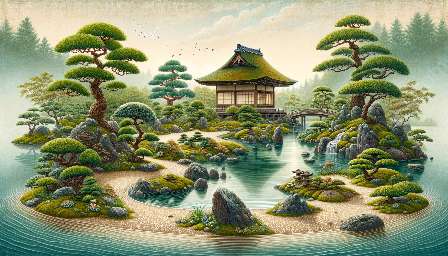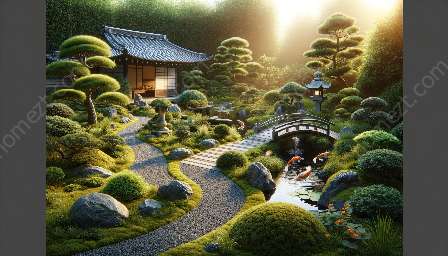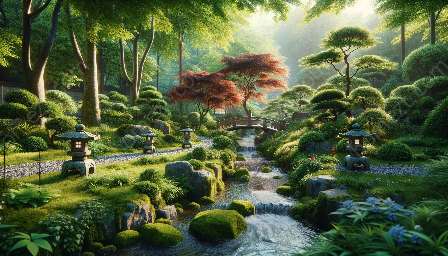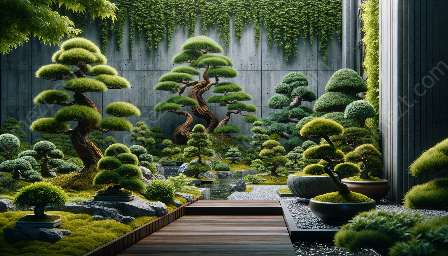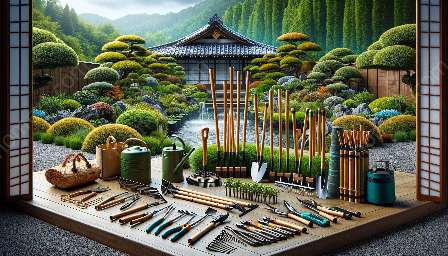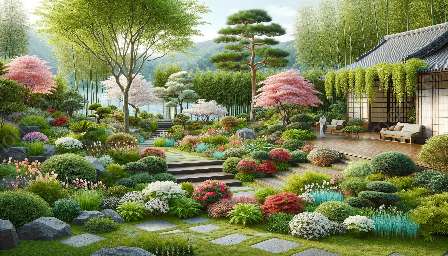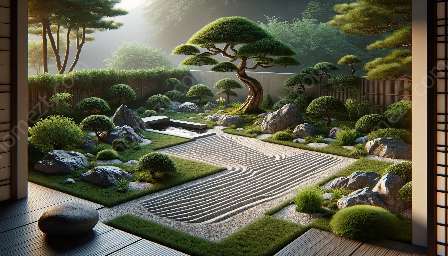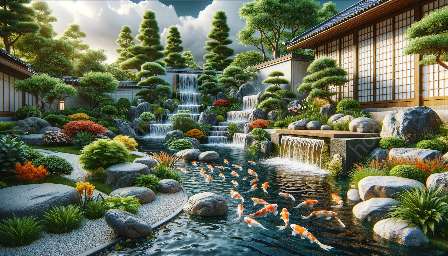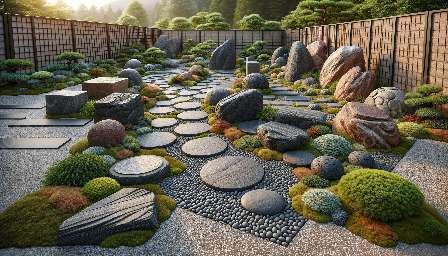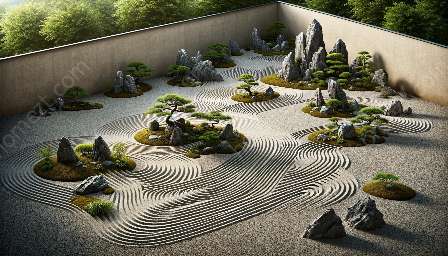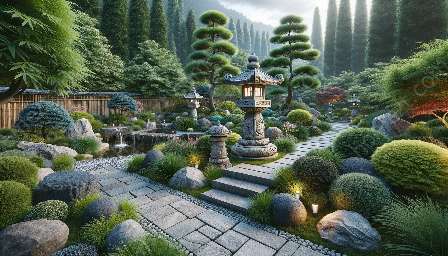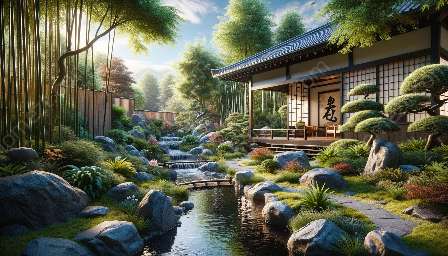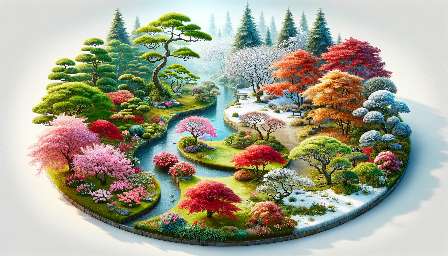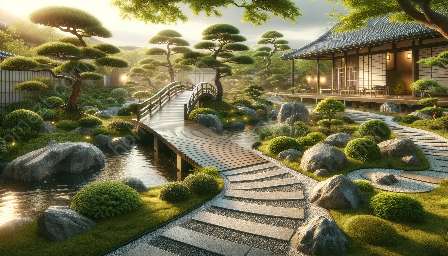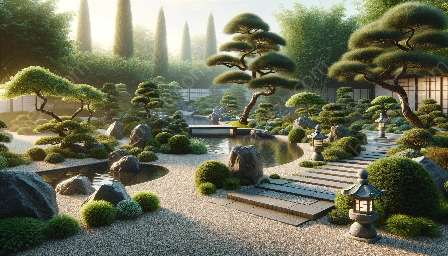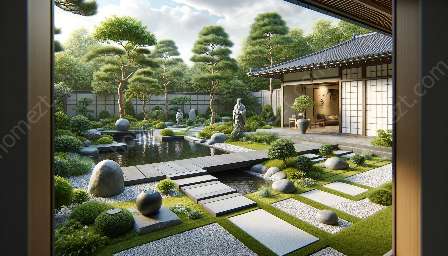Japanese gardens are renowned for their peaceful serenity, harmonious design, and unique cultural significance. They are an integral part of Japan's rich heritage, offering visitors a tranquil escape from the bustling modern world. There are several distinct types of Japanese gardens, each with its own characteristics and purposes, reflecting the diverse traditions and philosophies that have shaped them over the centuries.
Zen Gardens (Karesansui)
Zen gardens, also known as Karesansui, are perhaps the most iconic and recognizable type of Japanese garden. These minimalist landscapes typically feature carefully raked gravel or sand that represents water, complemented by carefully placed rocks and sparse vegetation. The design is intended to evoke a sense of tranquility, simplicity, and meditation, embodying the core principles of Zen Buddhism. Visitors often find contemplative and spiritual inspiration in these serene environments.
Tea Gardens (Chaniwa)
Chaniwa, or tea gardens, are intimately connected to the Japanese tea ceremony, an ancient ritual rooted in Zen philosophy. These gardens are designed to provide an ideal setting for the tea ceremony, emphasizing harmony, respect, purity, and tranquility. Characterized by carefully arranged stone paths, water basins, and simple vegetation, tea gardens create a serene and secluded atmosphere for the meditative preparation and consumption of matcha tea.
Strolling Gardens (Kaiyū-shiki Teien)
The kaiyū-shiki teien, or strolling gardens, invite visitors on a contemplative journey through a carefully curated landscape, often featuring ponds, streams, bridges, and pavilions. These gardens are designed to be experienced from various perspectives as visitors follow winding paths, encountering carefully composed scenes that change with the seasons. The intention is to evoke a sense of wonder, discovery, and harmony with nature, providing a place for peaceful reflection and appreciation of beauty.
Pond Gardens (Chisen-Kaiyū)
Chisen-kaiyū gardens, or pond gardens, are characterized by the presence of a central body of water, often representing a natural landscape within a confined space. These gardens are carefully designed to create a sense of expansive natural beauty within a limited area. Surrounding the tranquil pond, visitors encounter a harmonious arrangement of rocks, plants, and architecture to complement and enhance the serene atmosphere.
Paradise Gardens (Hōkō-en)
Hōkō-en, or paradise gardens, are inspired by the ancient concept of the pure land, a utopian realm of enlightenment in Buddhist cosmology. These gardens feature a combination of natural elements such as water, rocks, and plants arranged in intricate patterns to evoke a sense of paradise on earth. The design often includes symbolic features such as islands, bridges, and waterfalls, creating an otherworldly and spiritually uplifting environment.
Summary
Japanese gardens encompass a rich tapestry of styles, each with its own distinctive character and cultural significance. Whether exploring the meditative beauty of Zen gardens, the timeless tranquility of tea gardens, the contemplative pleasures of strolling gardens, the serene allure of pond gardens, or the spiritual inspiration of paradise gardens, these tranquil havens offer profound insights into Japanese aesthetics, philosophy, and spirituality.

